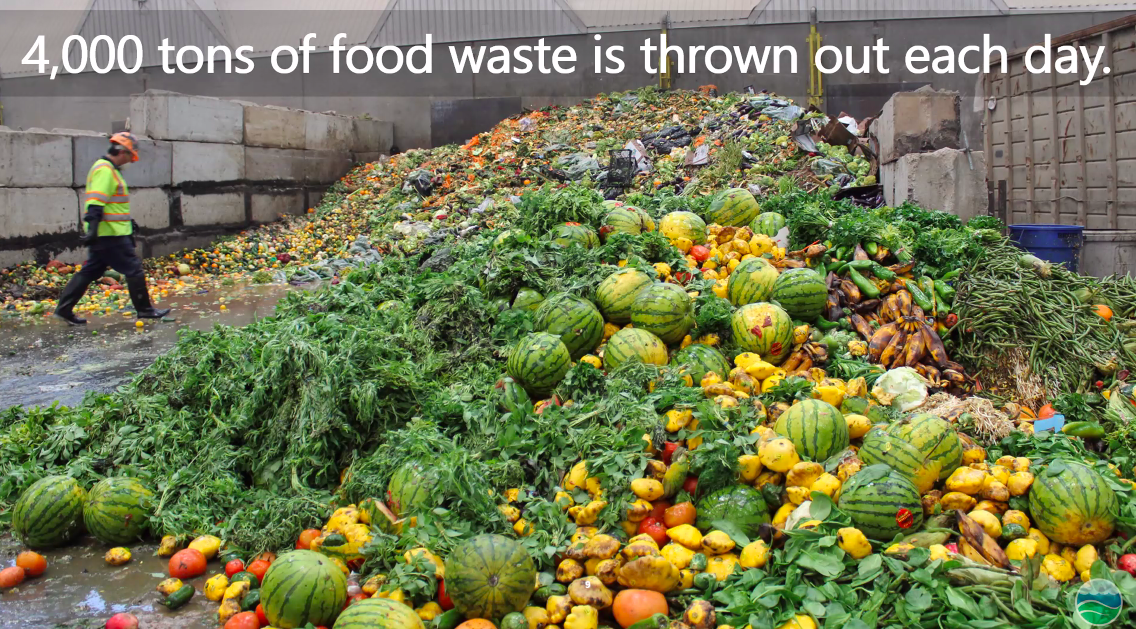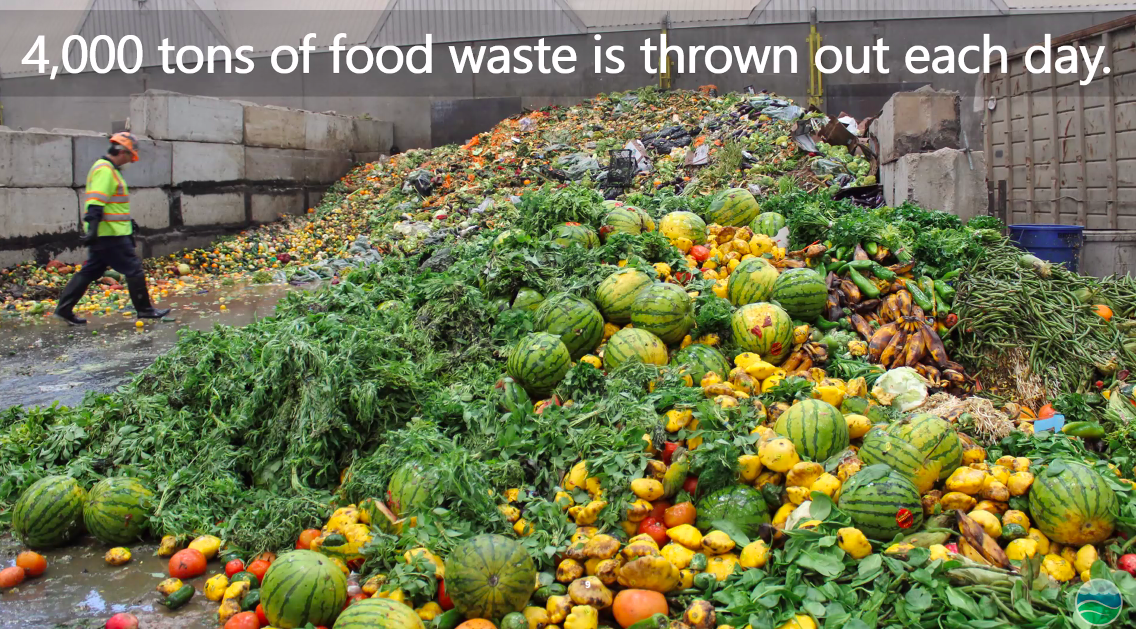Food Waste, Food Insecurity, Climate and Equity
This holiday season, do your part and take the necessary steps to reduce your food waste.

Los Angeles County Sanitation Districts all rights reserved
- Be mindful of your serving sizes and only eat what you need
- Buy less.
- Give what you cannot use to charities, neighbors, or coworkers. If you need a few pointers on where and what to donate, check out these organizations: Los Angeles Regional Food Bank, World Harvest Los Angeles Food Bank, Community Action Partnership Orange County or Second Harvest Food Bank Orange County. (Please put your donations in reusable bags or cardboard boxes, to reduce plastic waste.)
If you're interested in learning more and taking action, please check out the websites for the Sierra Club Angeles Chapter Water Committee and Sierra Club CA Zero Waste Committee.
Simone Kuhfal (she/her) is a member of the Sierra Club Palos Verdes South Bay group, volunteering on zero waste and water issues.




Add new comment